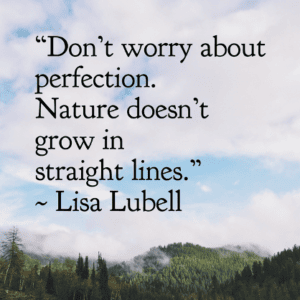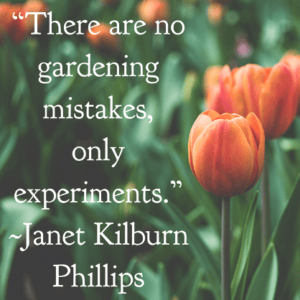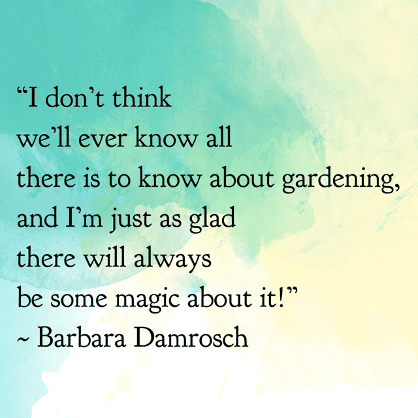None of us were born with experience in landscaping techniques and principles but most of us were slowly immersed into landscaping lingo while we were creating a functional, outdoor living area in our front and backyard. However, first-time homeowners are somewhat challenged by some of the landscaping terms they hear.
In the almost 20 years we have been in business, Whitehouse Landscaping has become well aware of the fact that new homeowners become puzzled with the specific language that we landscape contractors use. It’s easy to forget that terms that are freely used are not necessarily words in a client’s vocabulary. You can make the same case with every profession, whether law, insurance or medical terms. You might have fun reading Things I Wish I Had Known When I Planted My First Garden
Although you don’t need a landscaping or horticultural degree to create a stunning outdoor living area, we hope this cheat sheet is helpful in learning a little more about landscaping lingo.
LANDSCAPING TERMS FOR THE NOVICE

More Landscaping Wisdom!
Flowers, Shrubs, Trees and Groundcovers
Annuals – Annual flowering plants bloom for one season and never again. They are popular because you’re guaranteed color when other plants may be done blooming or haven’t yet bloomed.
Perennials – Perennials flowering plants continue to bloom each year after they are planted.
Biennials – A biennial plant grows only vegetation the first year and after going dormant, they flower in their second year.
Deadheading – This process simply means to remove the spent flowers which promotes more flowering for the season than would occur without such care. Read more.
Deciduous – A deciduous shrub or tree means that the plant sheds it leaves at the end of the growing season. Basically, you’re looking at a tree without its foliage all winter. Deciduous shrubs and trees often have seasonal interest and help create shade in the summer and wonderful curb appeal.
Evergreen – An evergreen shrub or tree keep their foliage throughout the year and besides offering great winter interest, they provide privacy when needed all year because of keeping their needles and leaves all year.
Native Shrubs and Trees – A native plant is one which occurred within the state before settlement by Europeans. Native plants vs non-native plants help create beautiful landscapes that provide wildlife habitat and reduce maintenance costs. Choosing native plants do well in a wide variety of conditions and have a much better chance of success in gardens.
Groundcovers – A large planting of a single species, usually low growing and a spreading habit that are used to cover sections of an area while requiring minimal maintenance. Read more.
Shrubs – A woody plant that is smaller than a tree and has several main stems arising at or near the ground.
MISCELLANEOUS LANDSCAPING TERMS
Edging – refers to a vertical cut to the lawn. You’ll see edging along the border of beds. It puts a fine ‘edge’ in the soil that separates the turf from encroaching on the area. It also is a way to define the space.
Trimming – refers to cutting the grass height horizontally and is usually done with a piece of equipment other than a lawn mower. It’s used where lawn mowers are unable to navigate such as under a fence or anywhere a mower cannot reach.
Mulch – An organic material spread around plants and trees to retain moisture while keeping down weeds. There are many colors to choose from
Plant Hardiness Zone – A map called the USDA Plant Hardiness Zone Map divides the U.S. into the average annual minimum winter temperature and climate for all areas. All plant labels will cite the recommended best zones for each plant to thrive in.
Pruning – The process of shaping and trimming to remove dead branches and open plans up so some sun can shine through. Pruning also keeps trees and shrubs from growing too large or wild.
Sun/Shade Requirements – Full Sun means that a plant needs 6 – 8 hours of unobstructed sun. Part Sun – 6 to 4 hours; Part Shade – 4 to 2 hours of unobstructed sun.
Drainage – The running off of water from a land surface or subsurface. Many options are available to control the flow with grading, slope, berms, swales, pipes or drain tile. Read more
Hardscaping – any of the non-living stuff in your landscape design such as boulders, pavers and natural stone. It could also include structures like pergolas, retaining walls, firepits, fireplaces, etc.
Landscape Lighting – Bringing light to your patio, walkway or highlighting trees and shrubs extends the livable space of your home.
LAWN and YARD CARE

Even More Landscaping Wisdom!
Fertilizer – Fertilizers provide nutrients to plants and lawns to ensure health, and enhance growth.
Inorganic Fertilizers also known as synthetic or chemical fertilizers are factory made which are added in soil to feed plants.
Organic-Based Fertilizer incorporates organic material into almost every application which helps energize microbes in the soil which helps your lawn look its best. Organic-based fertilizers are an alternative to chemicals and synthetic materials found in common fertilizears. The method allows for a drastic reduction of synthetic materials. Read More About Our Organic-Based Approach to Lawn Care.
Soil Test – A process to collect a soil sample which is a great help to understand key soil components necessary for growing grass.
Soil Amendments – Improve soil structure to improve drainage and make nutrients more available to plants.
Aeration and Overseeding – Core aeration punctures small holes in your grass to break up compacted soil that prevents air and water from reaching the roots. Overseeding introduces new grass seed that will fill in bare or thin areas. Read more.
Sod – Sod is grass that is grown primarily to establish a lawn in a short time, rather than waiting for grass seed to germinate and mature. Sod is made up of mature grass over a layer of soil and is bound together by the root system of the grass. While significantly more expensive than the amount of grass seed required to cover the same area, sod has the advantage of instant ground coverage, making it the primary choice for most builders and landscapers
Words of Wisdom
There are no 100% foolproof plants which is what makes all types of gardening exciting and rewarding. Nature has a mind of its own sometimes. Don’t get caught up with too many rules. Just try stuff out and learn from experience. People get overwhelmed because there are rules for planting and they’re afraid they’re going to do something wrong. Just dive in!
Conclusion
Whether you’re dealing with a landscape contractor or you are a do-it-your-selfer, we hope our little guide for landscaping terminology will make it easier for you to get the results you want. If you’re new to landscaping your home, here’s a article you might like…5 Low Maintenance Landscape Tips for Your Home.
If you need help improving your property, give Whitehouse Landscaping a call. Whitehouse Landscaping is a design/build and maintenance landscaping company that loves to partner with our clients to create outdoor spaces that they will love. Contact us on our website or call us at 494-300-4290.

